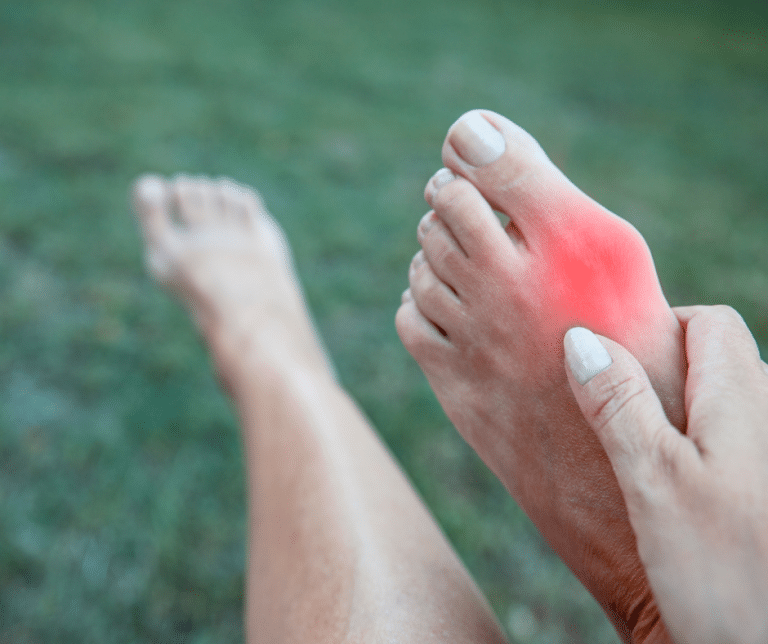They occur when the big toe leans towards the second toe, causing the joint at the base of the big toe to stick out and become swollen. Bunions can be caused by a variety of factors, including genetics, poor footwear choices, and certain medical conditions such as rheumatoid arthritis.
Fortunately, there are several ways to prevent and treat bunions. In this article, we will discuss some of the best strategies for addressing this common foot problem.
Prevention Tips
- Wear comfortable and properly fitting shoes: Choosing shoes that provide ample support and space for your toes is key in preventing bunions. Look for shoes with wide toe boxes and avoid high heels or shoes with pointed toes.
- Stretch your feet: Performing regular foot stretches can help prevent the development of bunions. Try stretching your toes and feet by pulling your toes towards you, or using a tennis ball to roll under the arch of your foot.
- Use orthotics: Custom orthotics can help redistribute the pressure on your feet and reduce the risk of developing bunions.
- Maintain a healthy weight: Excess weight can put added pressure on your feet and increase your risk of developing bunions.
Treatment Options
If you already have a bunion, there are several treatment options available to help alleviate pain and discomfort.
- Foot mobilisation therapy: Foot mobilisation therapy is a non-invasive treatment that involves gentle manipulation of the foot and ankle. This can help improve foot mechanics and reduce pain associated with bunions.
- Dry needling: Dry needling involves the use of thin needles to target trigger points in the foot and ankle, providing relief from pain and inflammation.
- Shockwave therapy: Shockwave therapy involves the use of high-energy shockwaves to stimulate the body’s natural healing response and reduce pain associated with bunions.
- Custom orthotics: Custom orthotics can help redistribute pressure on the foot and improve foot mechanics, providing relief from bunion pain.
- Surgery: In severe cases, surgery may be necessary to correct the deformity and alleviate pain associated with bunions.
Conclusion
Bunions can be a painful and uncomfortable condition, but there are several strategies for prevention and treatment. By taking steps to wear comfortable and properly fitting shoes, maintaining a healthy weight, and incorporating stretching and foot mobilisation therapy into your routine, you can reduce your risk of developing bunions. And if you do experience bunion pain, there are several non-invasive treatment options available, including dry needling, shockwave therapy, and custom orthotics.
If you are struggling with bunions, or other lower limb sporting injury, please come and see us at Elite Foot Care. Give us a call on 07 5328 5388.








